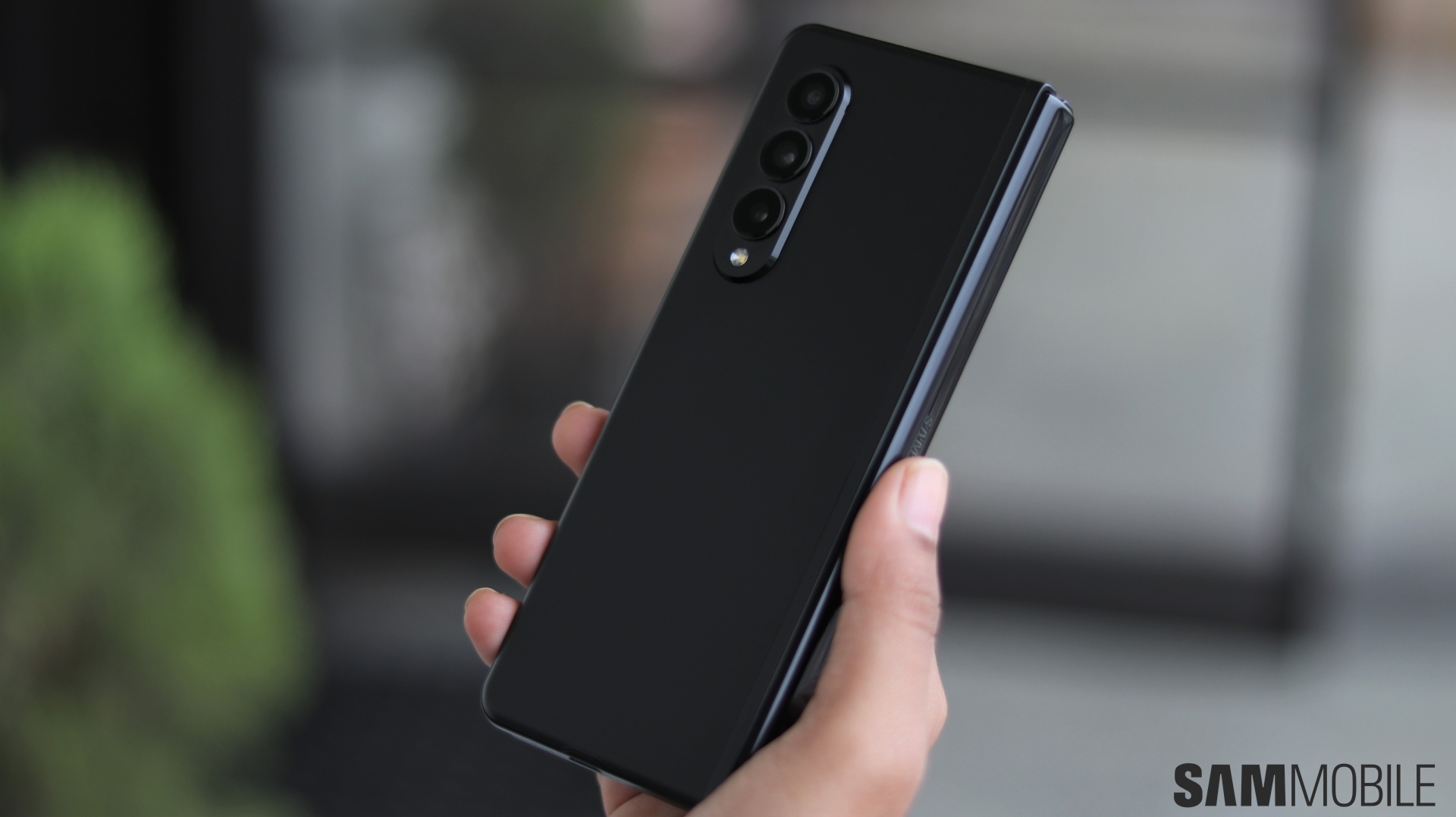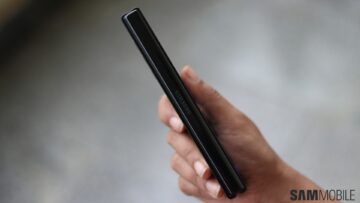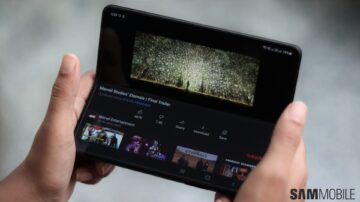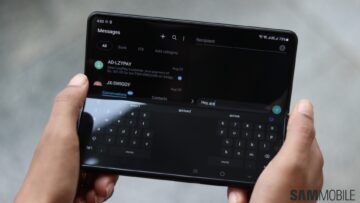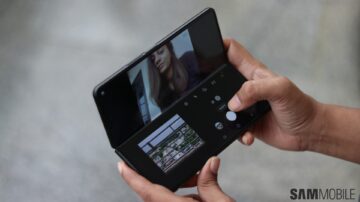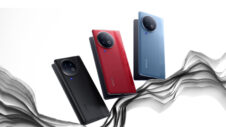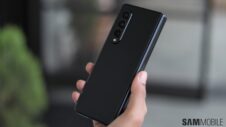Samsung's premium foldable phone — the Galaxy Z Fold 3 — is facing more competition from Chinese OEMs. Vivo has just unveiled its first foldable phone called the ‘X Fold.' As the name suggests, this device was inspired by the Galaxy Z Fold series in that it takes the form of a book-like foldable phone-tablet hybrid equipped with a rigid outer display and a larger, foldable inner screen.
So, how does the Vivo X Fold compare to the Galaxy Z Fold 3? And should Samsung worry about this new device entering the market? Not as long as it remains exclusive to the Chinese market, at least.
Nevertheless, the Vivo X Fold does have a few aces up its sleeve, and Samsung's upcoming Galaxy Z Fold 4 will have to do better than the Z Fold 3 to keep the series at the top of the food chain.
Vivo X Fold vs Galaxy Z Fold 3: The latter focuses more on cameras
The Vivo X Fold got announced roughly eight months after the Galaxy Z Fold 3 was released, so it obviously can take advantage of a few newer components, such as the Snapdragon 8 Gen 1 chipset. Having been released last year, the Galaxy Z Fold 3 is stuck with the Snapdragon 888 SoC, which isn't as powerful as the newer solution.
Similarly, the Vivo X Fold has a camera system powered by higher-resolution sensors. Namely, a 50MP primary camera next to a 48MP ultra-wide sensor, a 12MP Samsung ISOCELL GN5 telephoto camera, and a 48MP periscope shooter with 5x zoom capabilities.
Samsung's dated Z Fold 3 camera system was showing its age even before the Vivo X Fold got announced. Now it's showing it even more, but fortunately, the upcoming Galaxy Z Fold 4 will reportedly feature an upgraded camera system of its own.
Vivo's foldable also carries the Zeiss branding around the main camera array, but as many of you know by now, these camera brandings for mobile devices don't mean much outside of a few ‘enhanced' camera modes and promotional material.
Despite these camera features boasted by the X Fold, UPC (Under-Panel Camera) technology remains exclusive to Samsung's foldable.
Vivo X Fold vs Galaxy Z Fold 3: Different display aspect ratios and hinge designs
The Vivo X Fold has a different aspect ratio compared to Samsung's premium foldable device. The outer screen has a more conventional 21:9 aspect ratio, and as a result, the foldable panel is also slightly larger and has a squarer footprint than the Z Fold 3.
Speaking of exterior design elements, the hinge mechanism adopted by Vivo is different from Samsung's. It allows the X Fold to fold shut without leaving a gap between the two halves of the device, but the hinge isn't as clever. It can only sit at 60 and 120-degree angles, unlike Samsung's Flex Mode hinge, which lets you keep the device open at virtually any angle.
Vivo X Fold vs Galaxy Z Fold 3: Samsung still has a huge build quality advantage
When it comes to the build quality of foldable devices, Samsung is hands-down the best OEM. It remains the only one to offer an IP dust and water resistance rating for its foldable phones, and the Vivo X Fold hasn't changed that. In other words, the Galaxy Z Fold 3 is water-resistant, while the X Fold is not.
The Galaxy Z Fold 3 uses Gorilla Glass Victus all around the exterior and has an Armor Aluminum frame with better resistance to scratches and damage.
Fortunately for Vivo fans, the X Fold adopts UTG (Ultra-Thin Glass) technology for the foldable display. The substrate is reportedly supplied by SCHOTT — a Samsung Display partner.
Vivo X Fold vs Galaxy Z Fold 3: The intangibles qualities
With the Vivo X Fold having an 8-month time advantage over the Z Fold 3, it's only natural for it to boast better raw hardware specifications in a few key areas, such as the SoC. Beyond that, however, Samsung has a few aces of its own up its sleeve.
For instance, the Korean tech giant offers the best firmware support around, by far. It's beating even Google in this regard, and the Galaxy Z Fold 4 is eligible for no fewer than four major OS upgrades.
In addition, One UI 4.1 is fantastic and has a longer history with the foldable format, but your mileage might vary using the so-called Origin OS Ocean software presented by Vivo on the X Fold. Regardless of how Origin OS Ocean looks like, you certainly won't get as many major OS upgrades with Vivo.
Samsung's foldable product has a better build quality — something that matters a lot for devices that cost over $1,000 — and it's the only foldable phone on the market to offer S Pen support. The latter accessory works with the foldable screen and opens up new productivity use cases.
The Vivo X Fold will be cheaper, though, and that's something Samsung could work on improving for its own device portfolio. Vivo's first foldable phone is set to go live in China for around $1,415. However, keep in mind that if the X Fold won't be officially released in other markets outside of China.
You can expect to pay more for it due to import fees. You'll also have a more difficult time contacting support in case something does go wrong with your phone. This is something you have to consider whenever you buy devices that aren't officially supported and sold in your region.
All in all, the X Fold seemingly takes a different approach to book-like foldables, wherein the cameras come first. The Galaxy Z Fold 3, on the other hand, would probably leave the X Fold in the dust in build quality stress tests and other resilience benchmarks. We'll have to wait for the X Fold to hit the market and see if the lower price also means a less durable phone.
Join SamMobile’s Telegram group and subscribe to our YouTube channel to get instant news updates and in-depth reviews of Samsung devices. You can also subscribe to get updates from us on Google News and follow us on Twitter.
